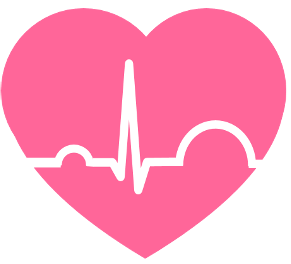
VS-SAFETY utilizes the VSH101 cardiac sensor developed by VitalSigns Technology. It can work in conjunction with the gateway devices VSG101 and VSG102, also developed by VitalSigns Technology, to instantly transmit the patient’s ECG and other critical physiological information to the cloud. Once you acquire a VSH101, you need to integrate it into VS-SAFETY to access the complete real-time ECG monitoring service.
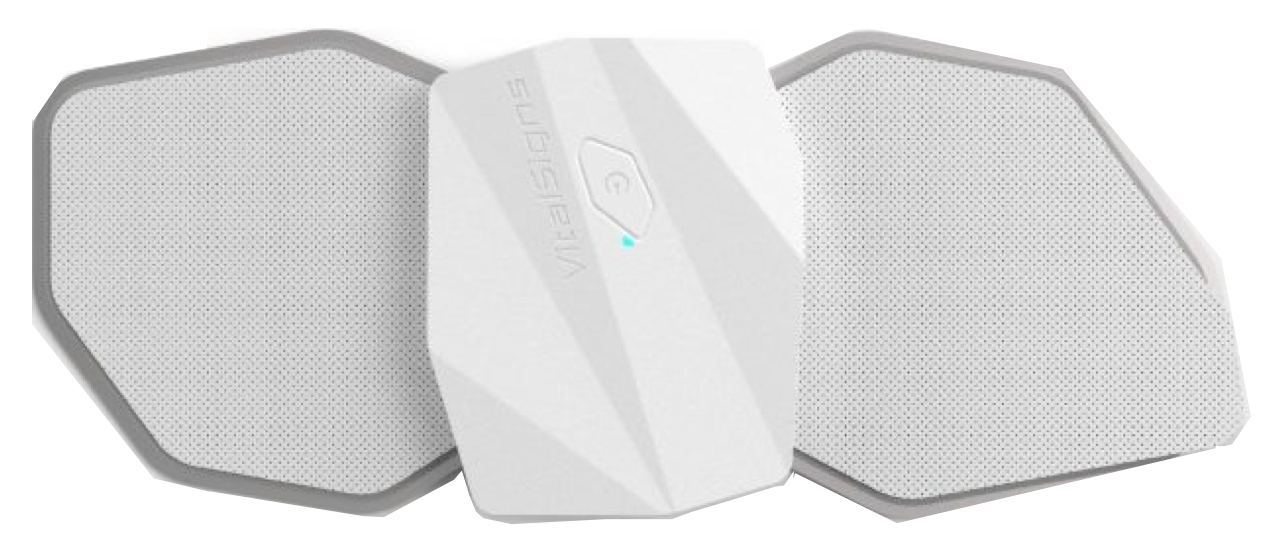
his section will introduce how to add the VSH101 to VS-SAFETY. First, please navigate to the “Main” page. Then click on “Equipment management.”
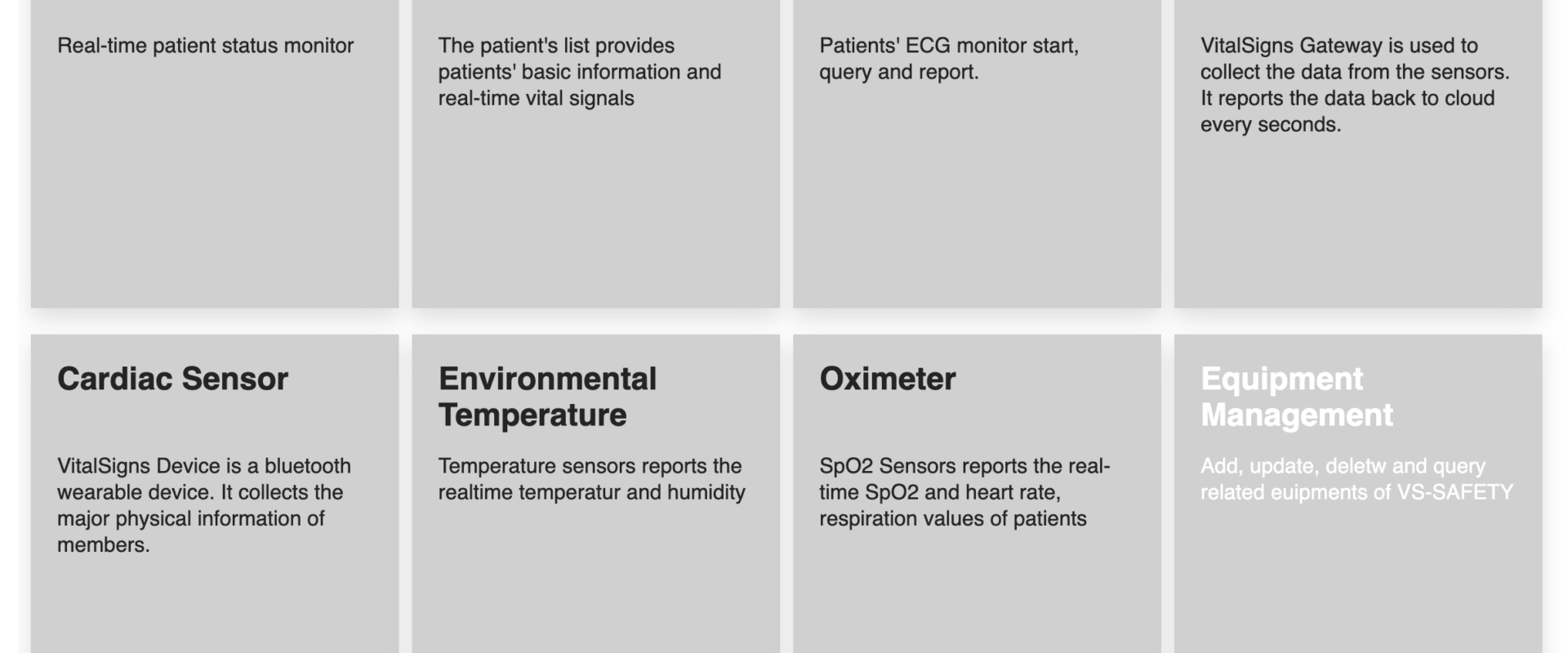
Similar to the previous chapter “Patient management,” not all users can access the “Equipment management” feature. You must ensure that you have the necessary permissions. If you do not have these permissions, please contact your Vitalsigns Technology representative or send an email to sales@vsigntek.com to request access.
f you have the necessary permissions, when you click into “Equipment management,” you will see the following screen. This chapter covers the second part, which is “Cardiac Sensor management.” Within “Cardiac Sensor Management,” there are two functions: the first one is “Cardiac sensor add,” and the second one is “Cardiac sensor query.” Next, we will proceed to introduce these functions in detail.
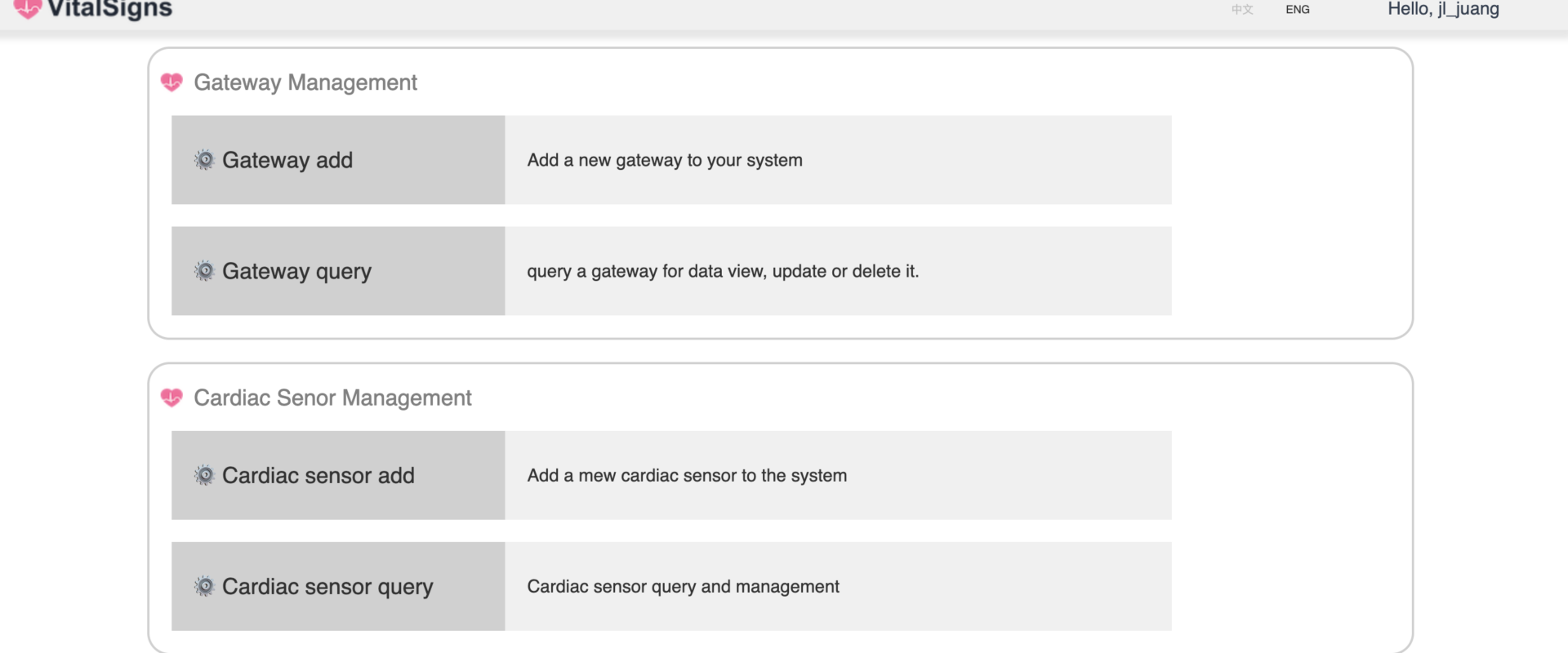
First, please click on “Cardiac sensor add” to add a cardiac sensor. After clicking, you will see the screen as shown below. You can enter a sequential number or a distinguishable label in the “Cardiac Sensor Name” field. Next, input the Device ID (DID) from your VSH101 device in the “Cardiac sensor did” field. The Cardiac sensor DID is a unique serial number belonging to the VSH101. You can also read or modify the serial number of your VSH101 using our provided Apple app (VS-CHECK). However, it’s important to ensure that the input “Cardiac sensor did” matches the one you have for consistency; otherwise, the device won’t be visible. The third part is to input the patient’s Social Security Number (SSN). Once you enter a known patient’s SSN, the data reported by this cardiac sensor will be attributed to the patient with that SSN.
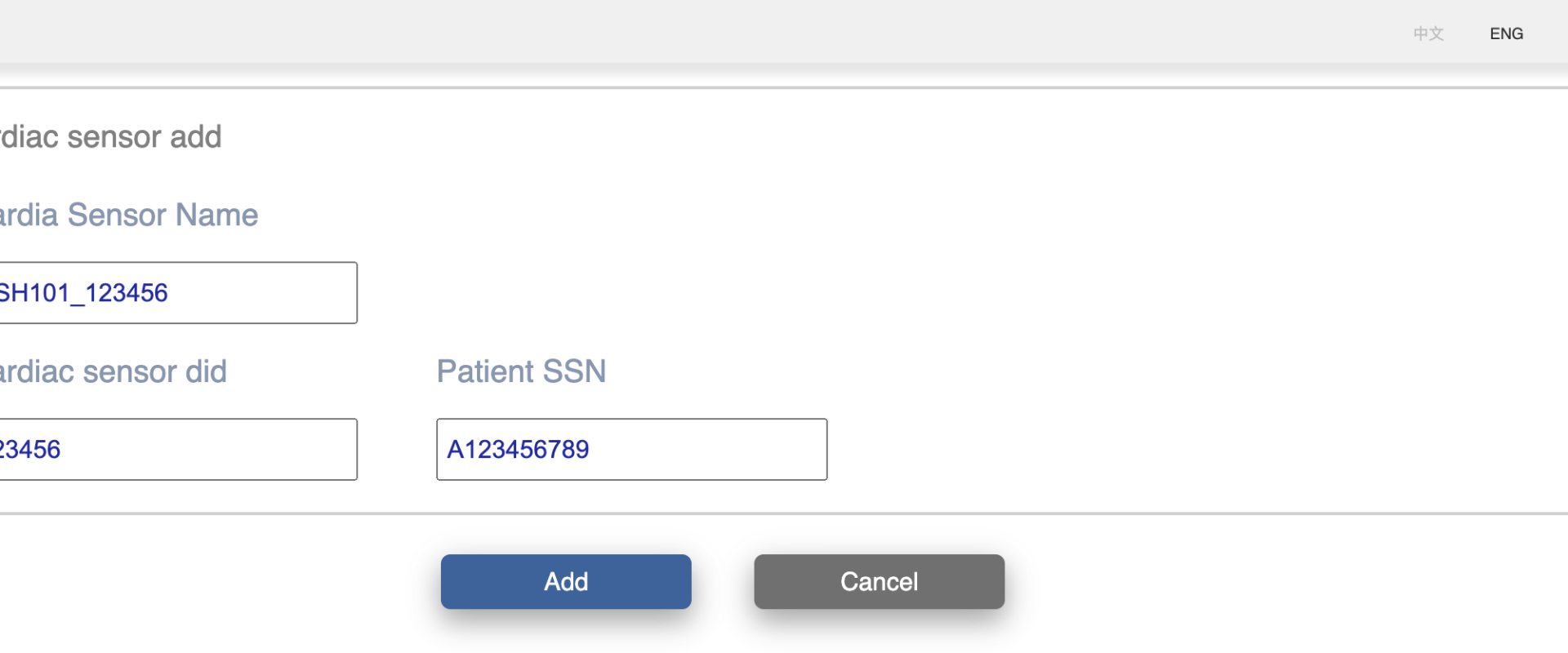
In this example, we input the name as “VSH101_123456” and the DID as “123456”. We also input the patient’s SSN as “A12456789”. In the sandbox example, this SSN belongs to “John”. In your actual practice, please make sure to input the SSN of the specific patient you want to assign this device to accurately.
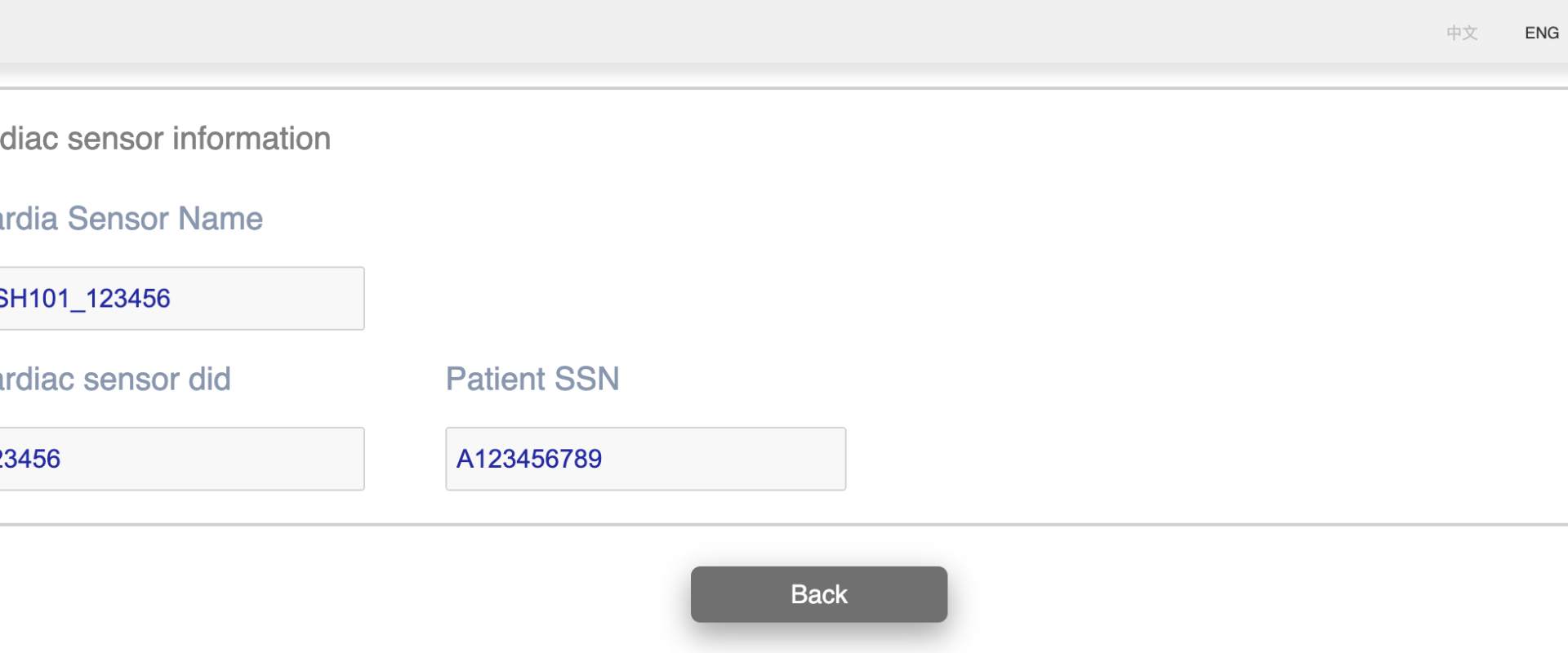
After clicking the “Add” button, the device has been successfully added. You can go into the “Cardiac Sensor List” function to confirm. As shown in the following figure:
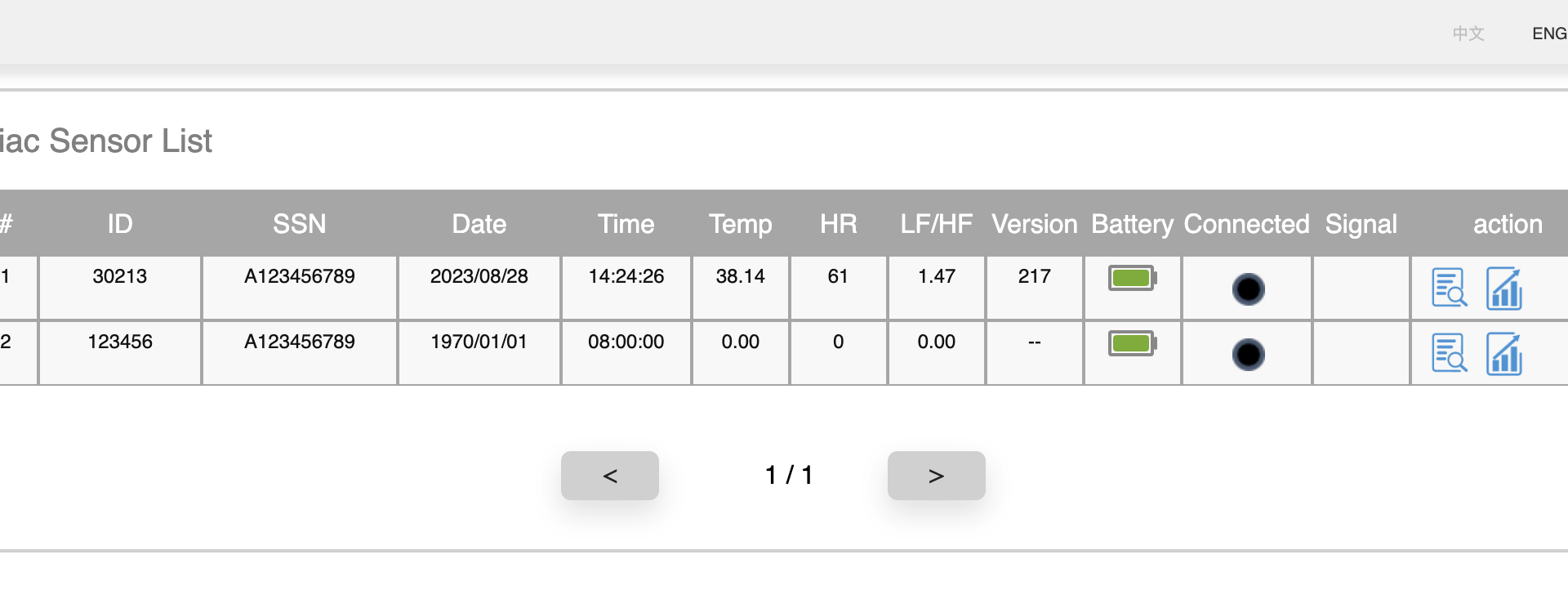
If the device is not online, its last online time will be the default “1970/01/01”. However, when the device is powered on correctly and is read by your VSG101, all the information will be accurately transmitted to VS-SAFETY.
Let’s once again navigate to the “Equipment Management” page through the “Main” page. Let’s try to see how we can query the device we just added.

Please click on “Cardiac sensor query” first.
he “Cardiac sensor query” currently only offers a query method using DID. Please input the newly added DID “123456” and press the “Query” button.

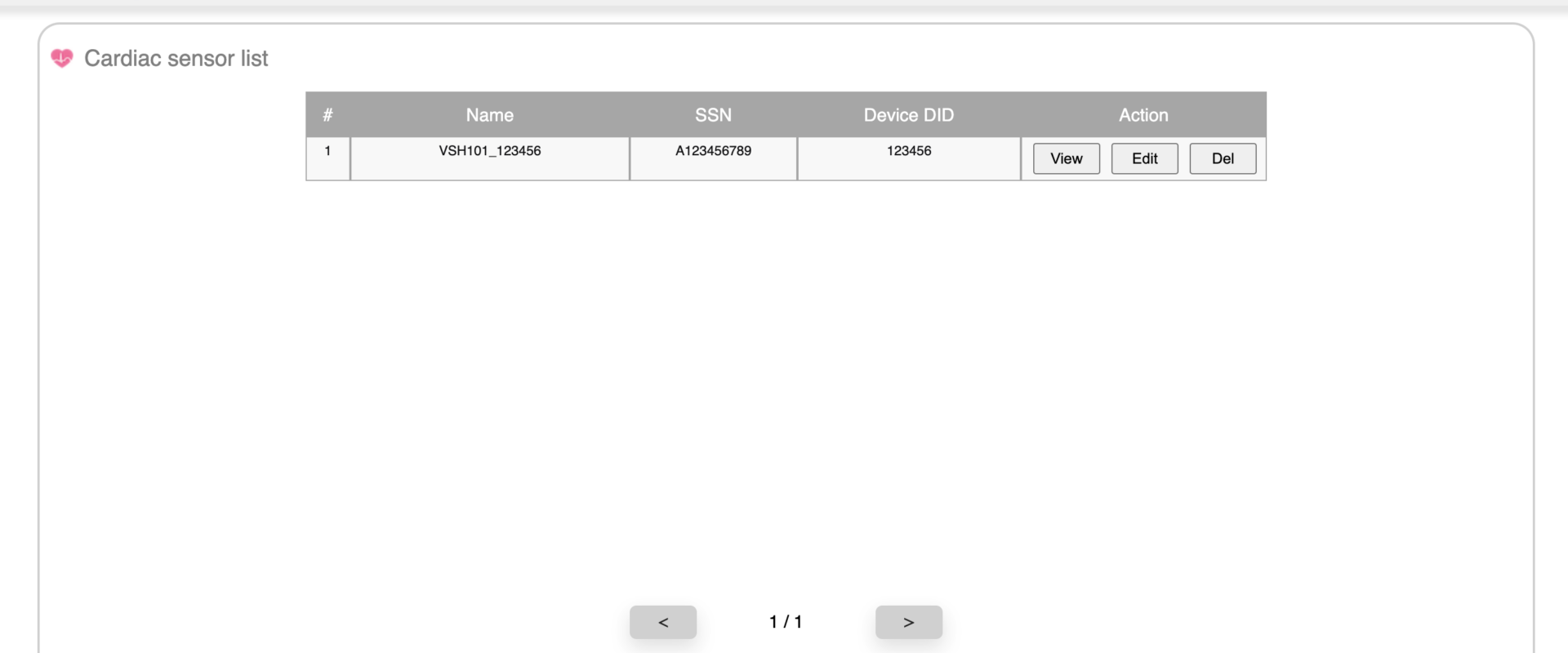
You can see that the newly added Cardiac sensor is displayed in the list. You can click on “View” to confirm its three values. This interface is consistent with the one you saw after adding it initially. You can also click the “Edit” button to modify the device information. Most of the time, you might need to reassign this device to another patient. In such cases, you will need to modify the patient’s SSN. Here, we will change “Patient SSN” to “A987654321”. By doing this, the data reported by this device will be associated with the patient whose SSN is “A987654321”. Click the “Update” button to complete the modification.
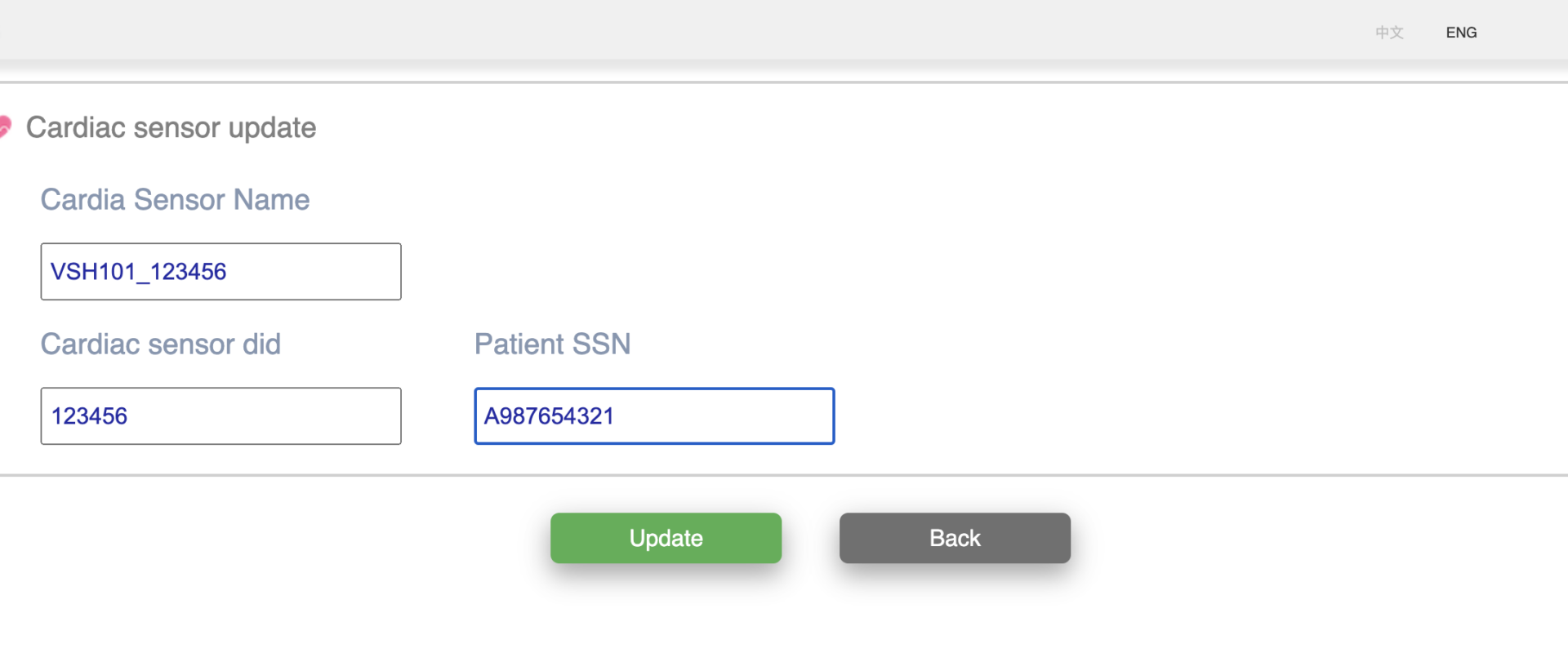
After making the correction, please click the “Back” button. At this point, the SSN in the list will also be changed to the one you modified in the previous step, which is “A987654321”. As shown in the following image.
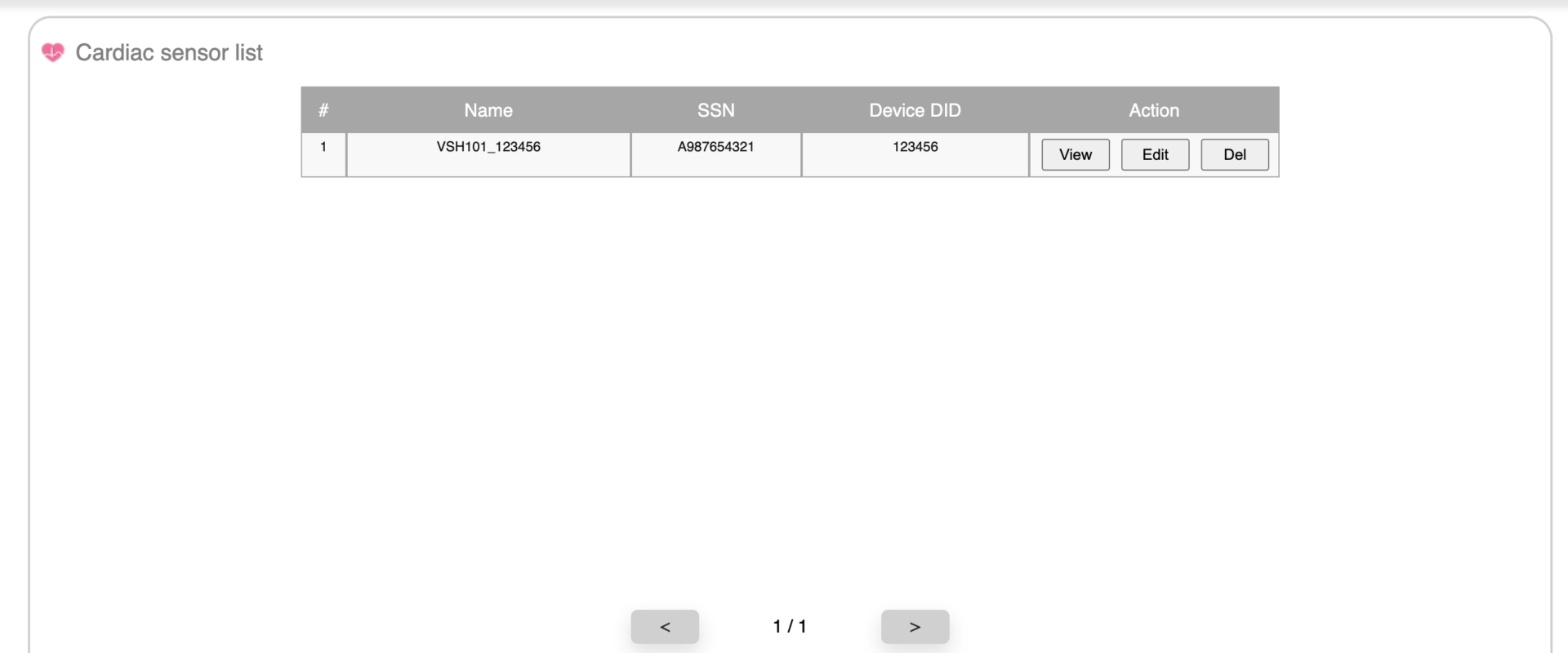
Finally, if you no longer need this device, you can click the “Del” button on this list to enter the deletion page. Please note that once deleted, it cannot be recovered. If you are certain to proceed, please press the “Delete” button. At this point, you will return to the previous page of the list, and you will no longer find any devices listed.


If you are unable to see your device in the “Cardiac sensor list,” you may want to check the following:
If all four conditions are met, the device information should be successfully transmitted to VS-SAFETY.
Next, you can read the following chapters in sequence to further understand the features of VS-SAFETY.
